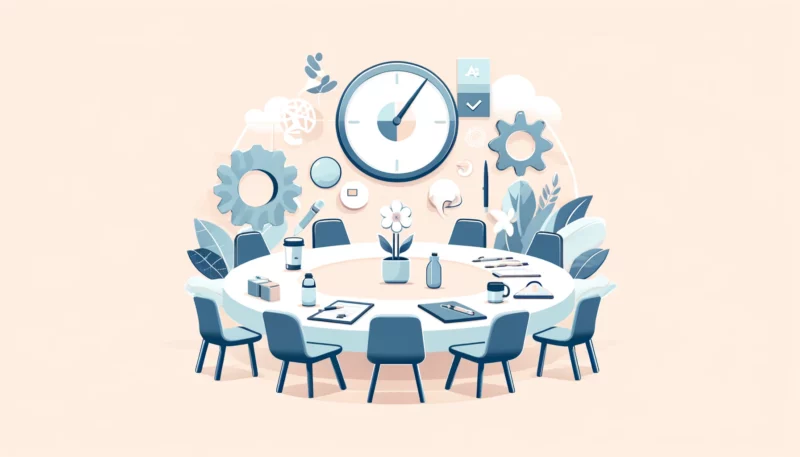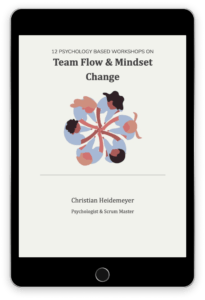In the context of agile work, many methods have emerged that are intended to simplify the implementation of agile principles and values. While some of these methods will probably never become widespread practice, there are others (like Pre-Mortem) that one can only hope will!
In this series we present three agile methods, that we are convinced, have come to stay:
Pre-mortem: a better way to plan projects
The concept of pre-mortem ("before death") takes advantage of the simple psychological fact that our brain is designed, among other things, to anticipate risks in order to to ensure survival - especially from an evolutionary perspective.
This exact ability is applied to pre-mortem projects; you brainstorm ideas with all project participants to answer the question:
If our project failed, what would it be due to?
This approach serves to derive project risks optimally, taking into account the experience of all project participants, and to derive appropriate measures.
At the same time, pre-mortems create an atmosphere in which project participants are actively challenged to communicate their ideas, fears and uncertainties. This in turn promotes psychological safety within in the team (according to Google's "Project Aristotle," being the secret ingredient for successful teams).
So everyone in the pre-mortem is asked to think outside the box and detect potential risks, without imposing a uniform perspective on all project participants. This lays the foundation for successful project collaboration (Kahneman, 2011).
This is not to be confused with a "post-mortem analysis", as it is practically the opposite, where after a (failed) project, you determine how the errors occurred. This retrospective analysis is particularly widespread in chess.
A practical example
We too at Echometer, use this method both for internal projects and, for example, to prepare for appointments with clients. Before these appointments, we ask each other the questions:
- What is our goal for this appointment?
- If we were to not achieve this goal, why would that be?
- What obstacles could the customer have on their side?
- What can we do to mitigate these risks in advance?
We're certainly not sales professionals, but pre-mortems at least help us get a little bit better every time. We can also compare afterwards, which risks have actually occurred and which have not. This is how we develop a sense for tricky situations and can better adapt to it.
In this short lecture (3 minutes) Daniel Kahneman explains personally why pre-mortem is one of his favorite methods:
Nobel economics prize laureate Daniel Kahneman on pre-mortems
Like Kahneman, we believe that pre-mortems can do a lot for projects out there, and make a project manager's life a lot easier!
Final notes: In order for pre-mortem to work well in your team, base knowledge on psychological safetyis ideal. The 5 team dysfunctions according to Patrick Lencioni are commonly used examples that can help you create an open discussion culture. It's also always worth taking a look at the mindset of team members as another factor of success. You can find out how we can help you develop an agile mindset within your team right here.
In the next article of this series we present job crafting to you. This is a tool that enables your employees to get their dream job without having to quit - if you're interested, have a look here.
Pre-mortem and retrospectives
Both pre-mortems and retrospectives can help you to easily bring "new work” such as agile, fresh methods into your team, helping you become "servant leaders”. Retrospectives can even help you explicitly with this - exactly what we have developed our tool for. This is what Nicole has said about her experience with it.

Would you like to try refreshing, effective agile methods in your team or project? We recommend starting with a Kanban board, pre-mortems, or retrospectives. We can help with the latter:
- Kahneman, D. (2012). Thinking, Fast and Slow.
- Kahneman, D., Lovallo, D. & Sibony, O. (2011). Before you make that big decision… Harvard Business Review, 89 (6), 50-60.
- Klein, G. (2007). Performing a project premortem. Harvard Business Review, 85 (9), 18-19.










